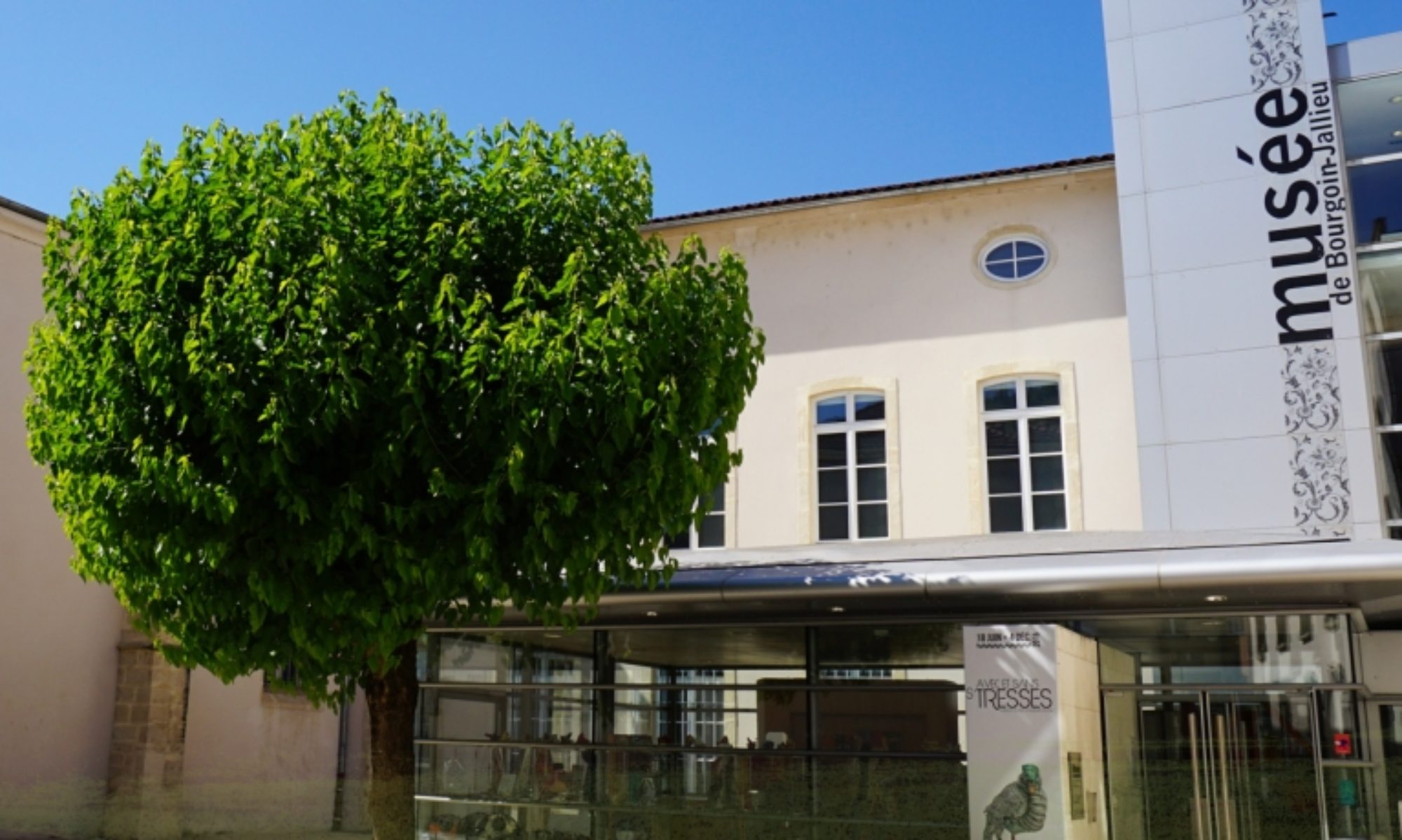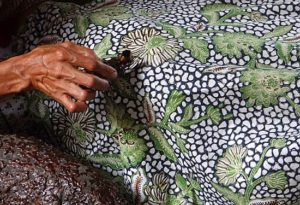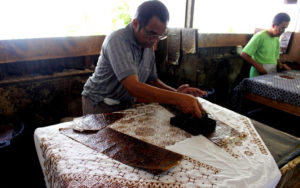Batik (a Javanese term) is a complex technique of printing and dyeing cloth using wax-resist to produce a negative pattern.
This technique is practiced in India, Sri Lanka, China, Southeast Asia, Turkestan and West Africa. It was in Indonesia, on the island of Java, that it reached its full potential.
UNESCO has officially recognized this technique as a cultural heritage through its 2009 inclusion in the its Intangible Cultural Heritage List.
Two different batik techniques exist: tulis and cap[pronounced tchap].
Tulis (meaning “writing”) is a batik process carried out with the use of a canting. his bamboo stylus, topped with a reservoir, allows the wax to be applied to the fabric freehand. This work is exclusively done by women.
The cap is a stamp which is dipped in hot wax and then applied to the fabric. This work is generally done by men.
Once the wax has dried, the fabric is dipped in the dye, allowed to dry, and then dipped again in a hot bath to melt the wax. Once the wax is removed, the pattern appears white on a colored background.
During the production of the batik, the hot wax seeps through the fabric. Thus, when the batik is turned over, the pattern on the reverse side is clearly visible, sometimes distinguished from the front by just a slight fading of color. Genuine batik can also be identified by the fact that it can be washed without fading or discoloring.



